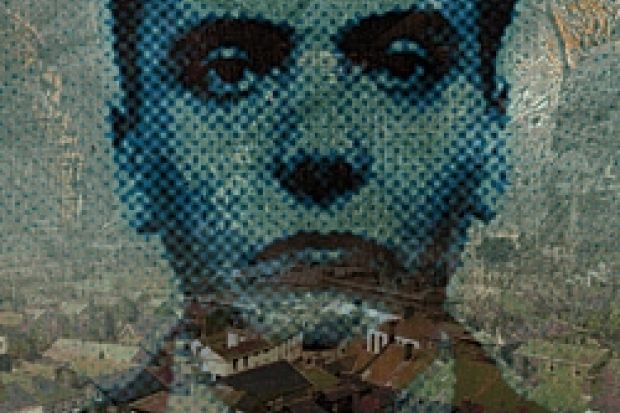As I write this piece, doctors are struggling to keep serial killer Ian Brady alive. For more than 10 years, the "Moors Murderer" - who, with his partner, Myra Hindley, killed at least five children between 1963 and 1965 - has campaigned from the psychiatric hospital in which he is confined to be allowed to die. He has pursued this end just as tirelessly as Hindley, who died in prison in 2002, campaigned for her release.
Brady has found himself squarely in the public eye in recent months owing to three events. In July, he was taken from Ashworth to Fazakerley Hospital, following a seizure that prevented him attending a mental health tribunal regarding his application to be allowed to die. In August, Winnie Johnson died - the mother of Keith Bennett, the only known Moors victim whose remains have not been recovered. And Johnson's death came only days after the arrest of Brady's mental health advocate Jackie Powell on suspicion of "preventing the burial of a body without lawful exercise", after she allegedly refused to disclose the contents of a letter from Brady revealing the whereabouts of Keith's body that was to be passed to his surviving family in the event of Brady's death.
While some of the victims' relatives have spoken out about their desire for Brady's death, it is instructive to reflect on the meaning of the very determined unwillingness on the part of the authorities to let Brady die. (He has been force-fed during the course of his more-than-decade-long hunger strike, and was resuscitated using a defibrillator after his heart stopped for seven minutes, it was reported on 7 October.) The concerted effort to keep Brady alive parallels metaphorically the longevity of the perhaps unconscious cultural function that he continues to serve, some 46 years after his trial, as a collective figure of hate.
The fact that Brady and Hindley killed children rendered them the "most evil" of murderers. Public hatred accrued especially to Hindley, as a woman and therefore doubly deviant in having transgressed both the legal prohibition on killing and the social edict that women shall protect children. This hatred has passed to Brady in the wake of Hindley's death. The recent documentary broadcast on Channel 4, Ian Brady: Endgames of a Psychopath, sets Brady up as a Machiavellian figure, taunting Johnson from his hospital bed with the secret knowledge he possesses - the location of the remaining grave - and thereby exercising the power of manipulation over others that is meant to be the sole motivation of that rare type of psychiatric personage, the psychopath. Brady did not appear in the documentary, nor was his voice heard. Black-and-white still photographs that flashed up on the screen were the only evidence that there was a face and an individual behind the Gothic drama being rehearsed. And, while the most recent photograph shows an obviously sick and dying man, this cadaverous physiognomy only contributes to the idea of Brady as some kind of undead monster haunting the cultural imaginary.
Brady and his crimes have thus taken on folkloric proportions. While it is understandable that the murders provoked outrage, this mechanism of dehumanisation is possibly the least helpful response society can have to such crimes. The figure of the murderer, since at least the 19th century, has been represented as Janus-faced: an exceptional being on the one hand, transcending ordinary codes of morality in the manner of the Nietzschean Superman, and an atavistic beast on the other: the embodiment of unreasoned animal passions, of civilisation gone awry, as described by Italian criminologist Cesare Lombroso. The figure of the devious genius criminal is a persona that Brady himself has cultivated, as seen in his claim that his crimes were "existential experiments".
The effect of this dual "othering" of the murderer has been to create a "them" and "us" distinction between the normal citizen and those beings perceived to be ontologically capable of evil. While apparently inspiring unadulterated horror, Brady in fact serves a reassuring function for society at large. Excessive media treatment of Brady's (and, before her death, Hindley's) spectacular wickedness in abducting and killing children diverts attention from the fact that most abuse of and violence against children happens in the home and within the family. The mystification of Brady enables us to avoid having to question our own, and our culture's, capacity for enacting less extravagant types of everyday iniquity and harm.
That rare specimen must be kept alive - in body or in the cultural imagination, literally or figuratively - for goodness' sake. For, so long as he and his persona survive, we can convince and comfort ourselves that we all know where evil lives.
Register to continue
Why register?
- Registration is free and only takes a moment
- Once registered, you can read 3 articles a month
- Sign up for our newsletter
Subscribe
Or subscribe for unlimited access to:
- Unlimited access to news, views, insights & reviews
- Digital editions
- Digital access to THE’s university and college rankings analysis
Already registered or a current subscriber? Login
